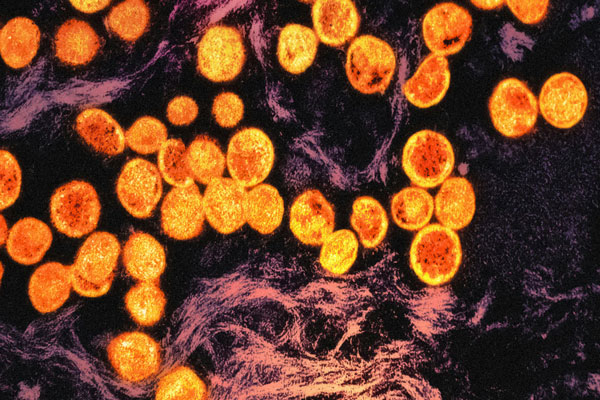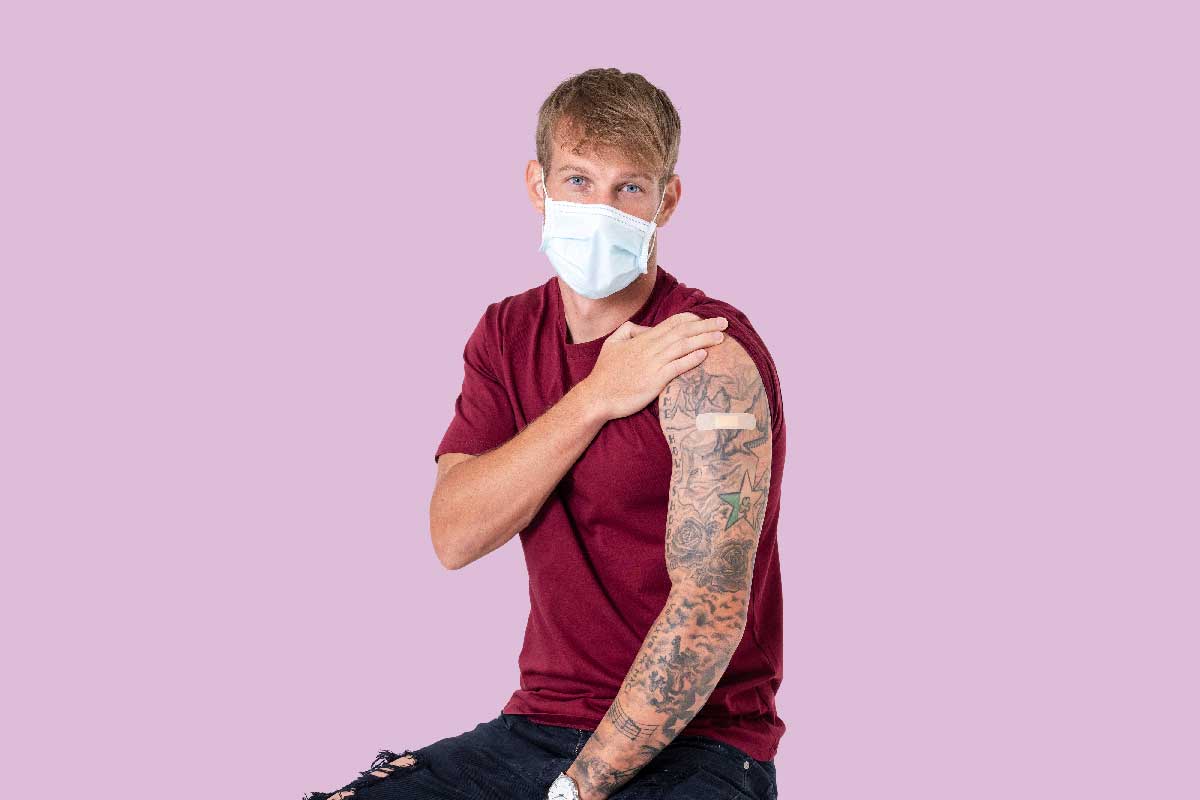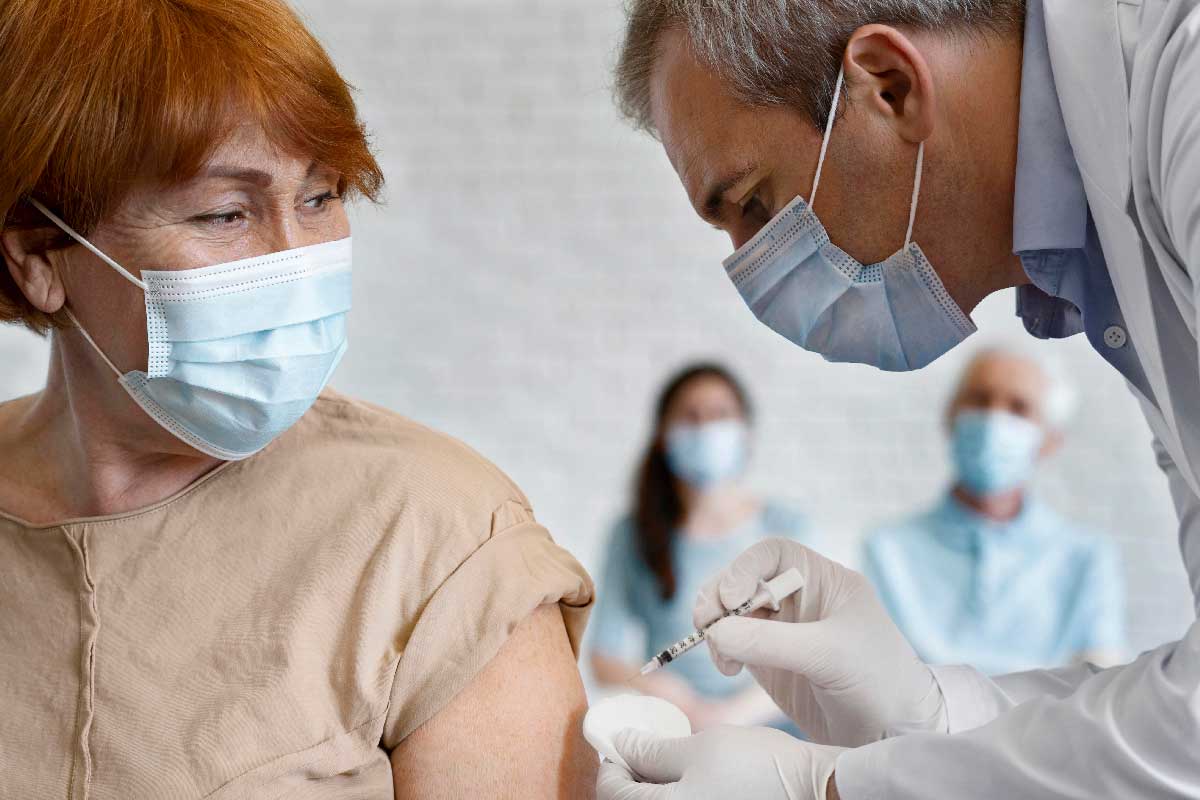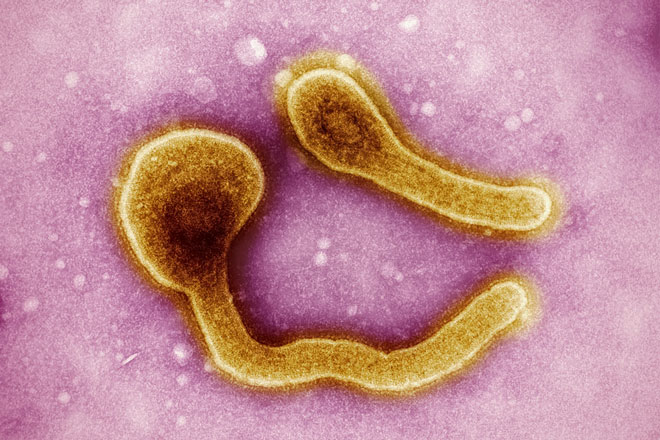How physical distancing, masks and eye protection reduces the spread of COVID-19
In the absence of a vaccine or treatment against the new coronavirus, measures to control its spread rely on avoiding contact with people who we are not sharing a house with. This study shows the varying effects of such preventive measures.
- 3 June 2020
- 3 min read
- by Priya Joi
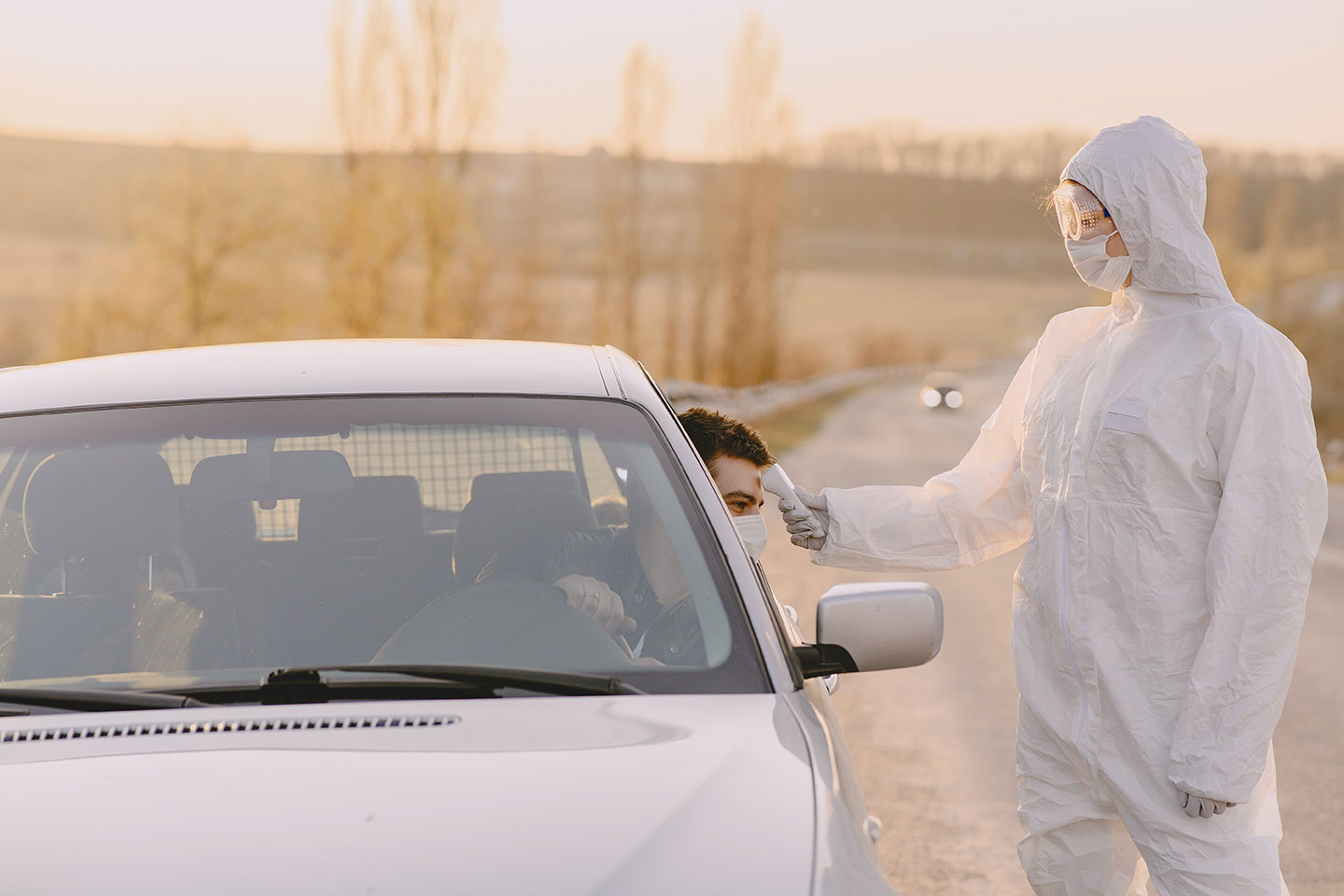
Most of us are navigating our way through this pandemic having to learn new ways of being around other human beings. Many countries have rules requiring physical distancing of one to two metres between individuals in public places, and the use of face masks is often mandatory.
However, the actual distance required to avoid infection has been under question with studies showing that the virus could travel up to 8 metres and health agencies differing in their recommendations on the use of masks for the general public. In addition, physical distancing can be near-impossible in low- and middle-income countries with overcrowding in urban slums and other settlements.
Scientists in the COVID-19 Systematic Urgent Review Group Effort (SURGE) undertook a systematic review and meta-analysis, funded by the World Health Organization (WHO) and published in The Lancet, to examine the effects of protective measures on virus transmission. The researchers point to “inconsistent guidelines by various organisations” as one reason they sought to bring clarity.
They reviewed 172 observational studies on the transmission of SARS-CoV-2 (the virus that causes COVID-19), SARS-CoV (the virus that causes SARS), and MERS-CoV (the virus that causes MERS) across 16 countries and six continents in both healthcare and non-healthcare settings. They found that physical distancing of one metre or more can greatly lower the risk of infection, while distances of two metres could be more effective. They found that the risk of infection when people stood more than a metre away from someone infected with the COVID-19 virus was 3% vs 13% if they were within a metre. However, their modelling suggested that for every extra metre further away, up to three metres, the risk of infection or transmission may halve.
This comes as countries are considering reducing the distance required to one or 1.5 metres, especially since WHO now recommends a distance of only one metre.
Both N95 respirator masks and surgical masks provide protection against coronaviruses compared to not wearing a mask, and both are more likely to protect people than single-layer fabric masks. They found evidence that respirators might be more effective than masks at preventing infection. However, a respirator must be fitted properly to be fully protective. WHO recommends that countries take a risk-based approach when deciding in which settings and circumstances non-medical masks might need to be used in the community.
The research team say that eye protection, such as goggles or face-shields, could also add “substantial protection” against the spread of coronaviruses. They stress that no measure totally prevented infection, and that other measures such as hand-washing are critical in addition to physical distancing, masks and eye protection.
As the pandemic lingers on and people grow weary of the ongoing prevention measures, studies like this remind us of the necessity to maintain them.
